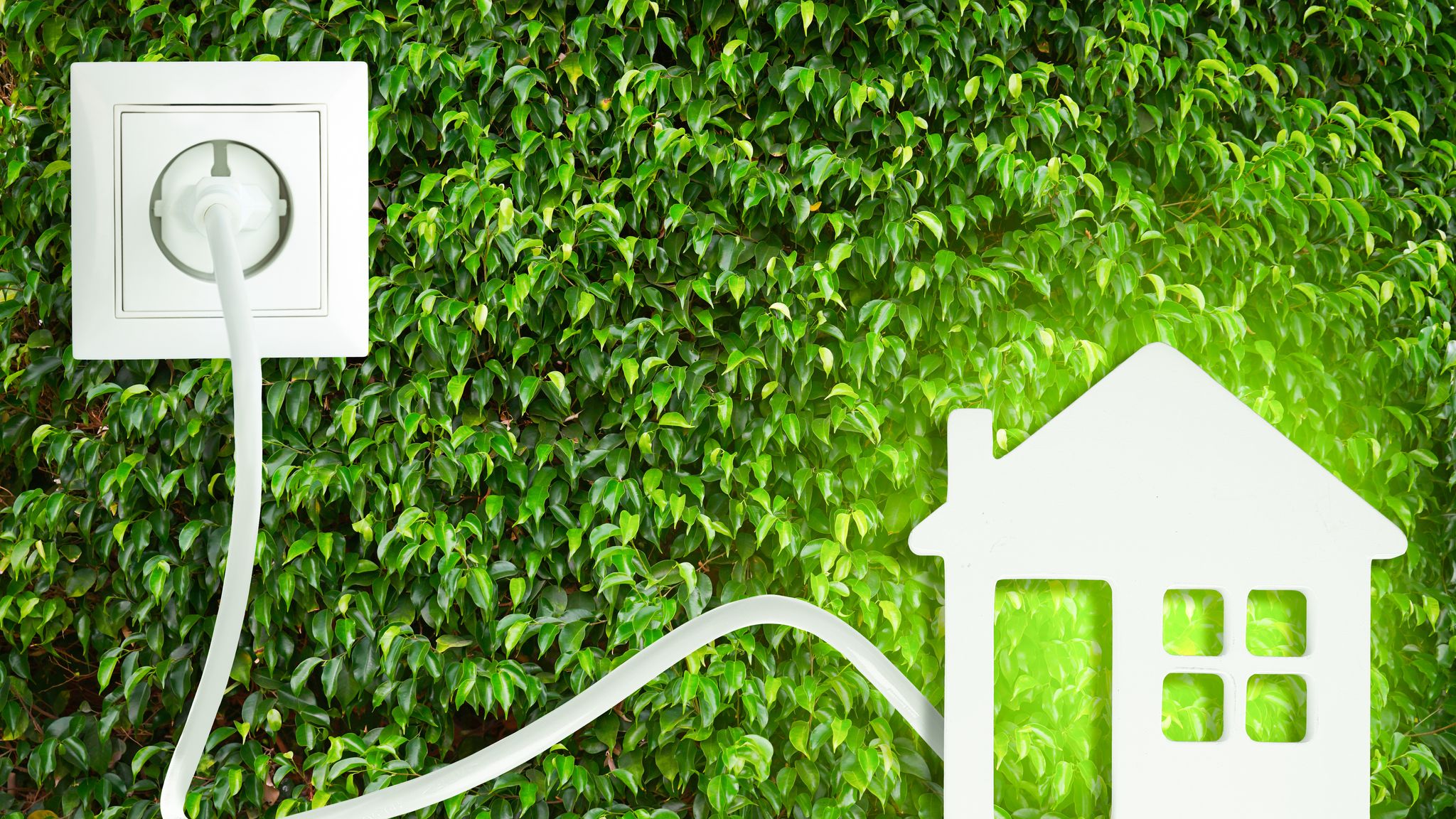Upgrading to All-Electrical: A Customer Perspective.
Stuart Allinson
Published on

In hindsight, the decision to upgrade our house to all-electric was inspired. As it turned out, we weren’t going anywhere and the project - phase 1 of 3 plot subdivision, turning a 1926 brick-built Edwardian bungalow in Bayside into duplexes and upgrading to 6.5 stars plus - meant that we could comply with Covid restrictions whilst keeping a near-eye on things.
There are literally dozens of lessons from this experience, from preserving architectural integrity to getting approval to retaining trees. In this article, I want to focus on utilities and the “delightful” customer experience that unfolded.
Going all electric probably means tipping over into 3 phase supply. Once you add up the major new appliances - heat pumps (hot water and aircon), induction hob, electric oven, EV charge point, as well as the traditional ones like washers, dishwashers and fridges - the extra demand can end up over 100 Amps, even with the very latest, most energy efficient appliances. (The addition of 8kW of solar and a 10kWh battery completed the picture - adding more aspects to consider).
Whilst there are software applications to help model the impact of all this, the calculations warranted checking and re-checking. As with all models, better data would have helped - even if a margin is added to the ‘reasonable worst case’ scenarios - for electrical safety reasons.
Of course, going from single phase to 3 phase meant a major upgrade to the grid connection and this is where the fun started. Granted, this was an unusual change - decommissioning a connection, followed by an upgrade and 2 new connections, but this proved demanding for the network service provider - 2 different departments and 2 or 3 different views on what forms should be completed. Opinions divided further over whether this was a single pit, dual pit or 3 pit connection.
In some ways, this is a legacy of the ‘triangular relationship’ between energy retailer, network service provider and customer - the network was always intended to sit behind the retailer in terms of the customer relationship - but the delivery chain and the customer experience is dependent on all 3 being aligned. With building regulations - and consumer attitudes - increasingly favouring an all-electric approach - utilities will need to get ahead of both of these to stay competitive. Meanwhile, the opportunities for start-ups with smart innovative solutions continue to open up.
